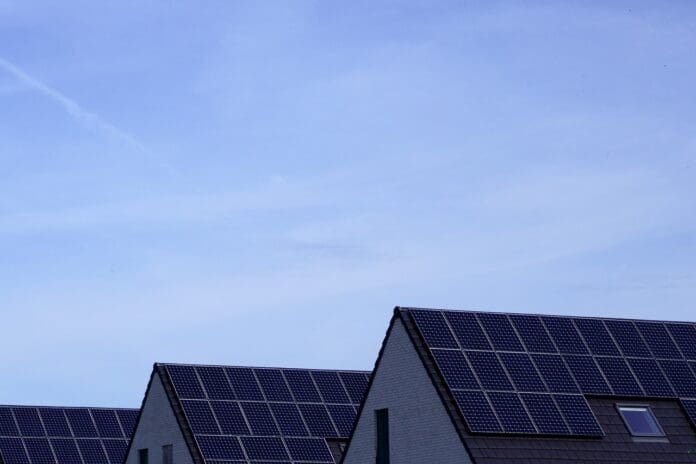This post is also available in:
 עברית (Hebrew)
עברית (Hebrew)
German company Paxos Solar has introduced a groundbreaking glass-glass photovoltaic tile designed for rooftop installation, offering homeowners a sleek solution to harness solar energy while reducing energy demand by up to 20 percent. This year, Paxos plans to install these tiles on 200 roofs, tapping into the growing interest in renewable energy solutions among homeowners.
With an increasing awareness of solar power’s benefits, many are eager to adopt clean energy technologies. These solar roof tiles present an ideal alternative for those hesitant about the complex installation of traditional photovoltaic panels or who lack adequate space. Unlike standard panels, these tiles mimic conventional roofing materials, seamlessly integrating into the home’s design without requiring additional space.
Paxos Solar’s innovative tiles are a result of over two years of development in collaboration with TH Koln University of Applied Sciences. The prototype integrates solar generation with a heat pump, allowing it to both generate electricity and provide heating. Extensive real-world testing showed that the heat pump’s efficiency increased by nearly 25%, varying with heating needs and weather conditions.
The newly unveiled tiles feature a matte surface that captures angled light effectively, measuring 59.5 cm by 48 cm and producing 44 watts each. Remarkably, just five tiles can generate up to 190 watts of power in about 1 square meter of roof space. The design is slightly larger than competing products, facilitating faster installation and enhanced energy output.
Installation is streamlined; Paxos uses an inexpensive water-bearing sheeting above insulation, with support rails for the tiles. The system allows warm air, heated by sunlight beneath the tiles, to be channeled to the heat pump. Studies indicate that this setup can reduce the heat pump’s energy consumption by 20 percent over the course of a year.
Paxos Solar’s tiles promise not only efficiency but also a quicker, lighter installation process compared to traditional roofing, making them an attractive option for homeowners looking to embrace renewable energy without compromising on aesthetics or functionality.


























